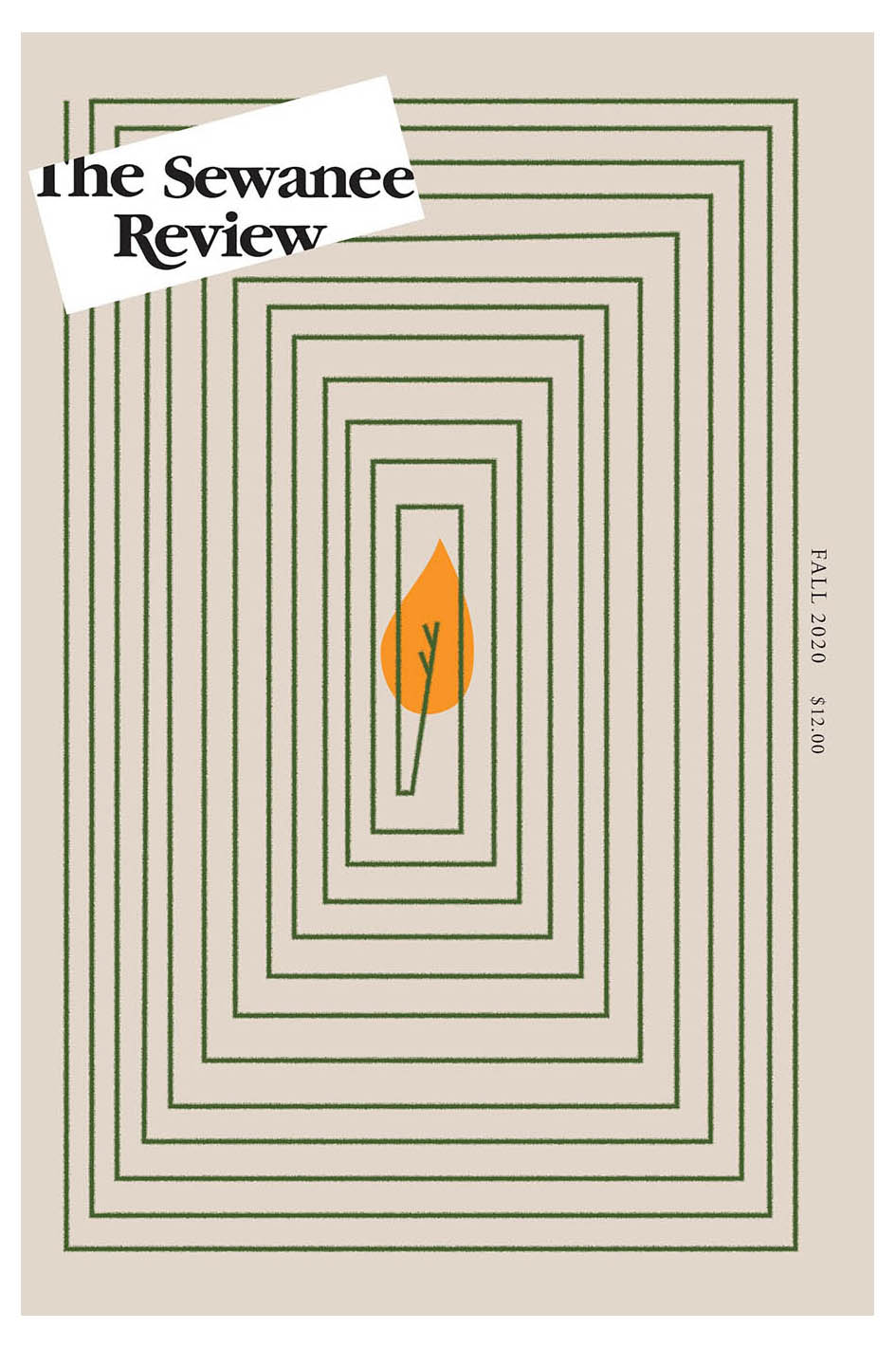Very few emails these days find anyone well, but every few months our designers, Peter Mendelsund and Oliver Munday, send over their ideas for our cover. It is unquestionably one of the most exciting emails we open, and one—despite the constant news of a world out of balance —we were all looking forward to in early September. Usually they offer two to three versions for our consideration. In pre-COVID days, it was my wont to invite the staff into my office, put the images on my monitor, and all of us huddle around to see and choose. “One,” I’d say, and scroll through them, “two, or three?” There’s rarely dissent. Almost always, there’s one cover that is the no-brainer, the obvious winner, the you-know-it-when-you-see-it choice. The pick elicits an instant yes because of how it manages not only to speak to our issue’s content but also the historical moment. It’s gestalt and geist, eye-grabber and objet d’art. We had to do things a bit differently this time, Zooming in from makeshift offices in our dining rooms, bedrooms, and front porches to our respective solitary reveals. But doing so did not diminish the pleasure we take in the Fall 2020 cover, with its echoes of Saul Bass movie posters, especially his most legendary ones for those paranoid thrillers like The Man with The Golden Arm or Vertigo. Fall’s beauty, then, trapped in a labyrinth. Fall’s beauty still there to behold if we shift our focus from the foreground to the background. Let us see through to the center of this maze and focus on what is still beautiful and good. And if we are smart and determined, let us find our path out of this trap.

It’s a reliable and wondrous sort of synchronicity, then, that our writers have similar themes on their minds. We are thrilled, as in every issue, to welcome back familiar faces alongside a cohort of contributors new to the Review. In this issue, there are poems of longing, beauty, and wonder—of finding a path back to the good—by Sarah Manguso, Major Jackson, and Bruce Bond. With the exception of Steven Millhauser, whose “A Haunted House Story” appeared in our Fall 2019 issue, we are excited to share fiction from three voices new to our pages, located in settings as far flung as Manhattan, Wyoming, and Japan by Molly Dektar, Maria Anderson, and Don Lee. Sewanee’s Samuel R. Williamson Distinguished University professor Pamela Macfie tells a harrowing tale of sexual harassment and atonement through art in her essay “Each Is Me,” which is this issue's online feature, available for free to all of our readers. Returning contributor and longtime instructor at the Sewanee Writers’ Conference Steve Yarbrough reports on how some of the country’s most revered bluegrass and acoustic musicians have managed to survive and thrive in the pandemic. Ange Mlinko’s craft essay on the poetry of place-names concludes the issue. Finally, Cally Fiedorek, whose short stories have twice appeared in our pages, reviews Missionaries, Phil Klay’s highly anticipated novel, while Tara K. Menon, who in the Winter 2021 issue will be taking over our Booker Prize coverage for Review stalwart Merritt Moseley, considers Sigrid Nunez’s body of work through the lens of her new novel, What Are You Going Through.
So please enjoy the issue and be mindful of all the beauty around you this season—fall being a time, it’s best to remember, of transformation.
